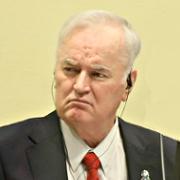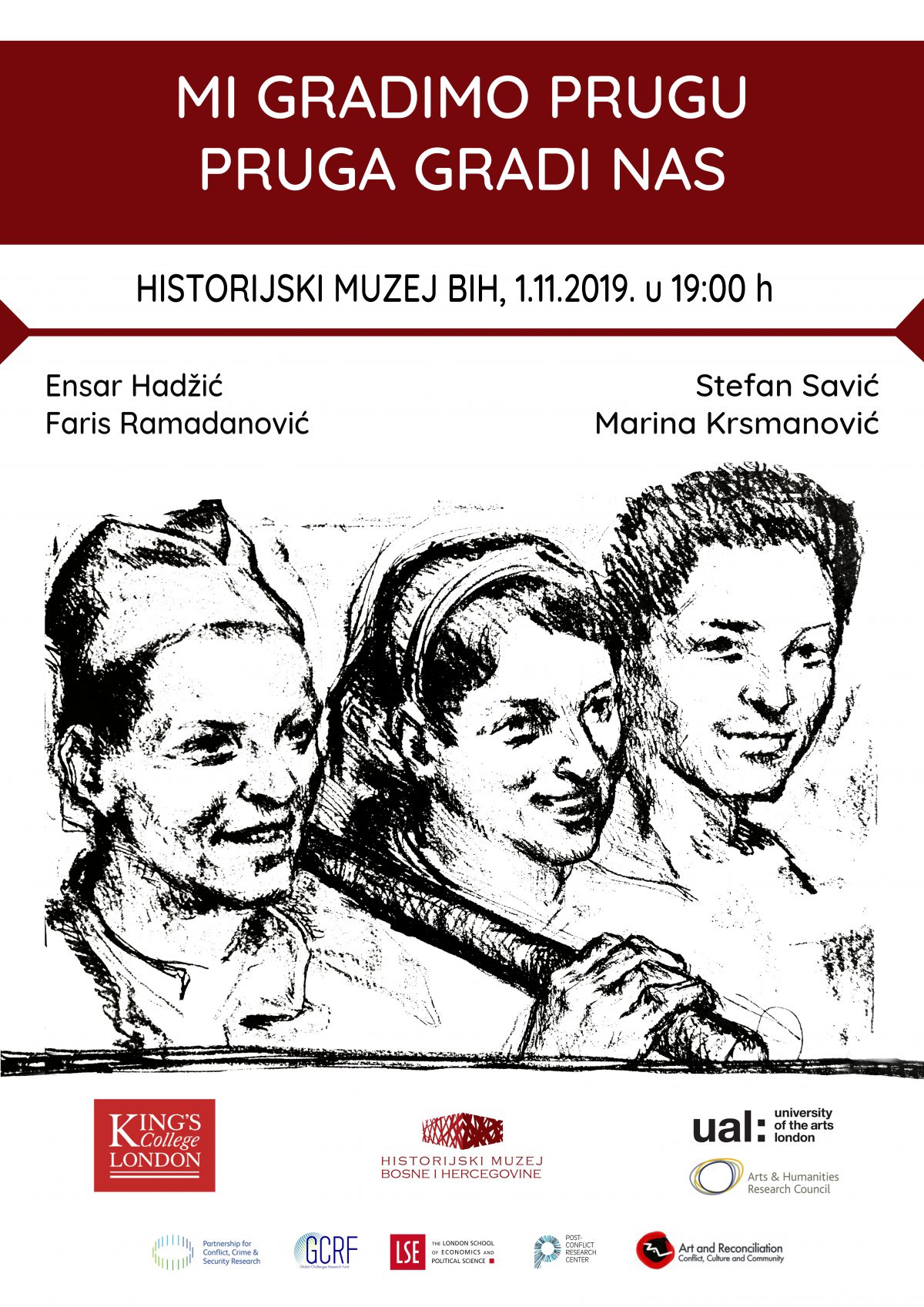Genocide and the Last Chance for Bosnian Reconciliation
James Gow
The Appeals Chamber verdict in the trial of Ratko Mladić is the last chance to secure a guilty verdict of genocide for the events in 1992. Those events were widely labelled ‘genocide’ and actually spawned the creation of the Yugoslavia Tribunal. It has been a profound irony that ‘genocide’ led the UN Security Council to create the International Criminal Tribunal for the Former Yugoslavia and yet that body has not reached a single guilty verdict for genocide in 1992. It might be all the more ironic — though perhaps pitiful is a more appropriate term — that Mladić, the Serb Bosnian military commander, clearly knew that genocide was the right term, warning the Serb Bosnian assembly on record that they were ordering was genocide. Yet, he was acquitted on Count 1, genocide in 1992.

https://www.irmct.org/en/cases/mict-13-56
Absent a guilty verdict, reconciliation in Bosnia will certainly remain impossible. The world and its news agencies may have forgotten places such as Prijedor in Northern Bosnia. The Siege of Sarajevo and the act of genocide at Srebrenica in Eastern Bosnia overshadow them and dominate global memory. Among Bosnia’s Muslims, though, they are unforgotten.
The unforgotten events included the images of emaciated bodies at barbed wire fences— images that shocked the world and prompted newspaper headlines such as ‘Belsen ’92.’ The pictures of camps in and around Prijedor in northern Bosnia were distressing. In those camps behind the fences and in many places outside several thousand Bosnian Muslims were murdered, while tens of thousands were forced out. And those were not the only camps. Neither were they the only sites of murder, rape and abuse — across Northern and Eastern Bosnia, variations on the theme played out.
It is hard to conceive that there has been no conviction for genocide — the intent to destroy in whole or in part a legally protected community. Without doubt, part of the Bosnian Muslim community was physically destroyed, as well as the communities themselves and ways of life. They were killed because of who and what they were — not for any other reason. In a sense, that was confirmed in guilty verdicts for ‘murder as ethnic persecution’ as a crime against humanity. That other great international crime has equal standing in law, carrying equal penalties. But, its focus is to protect individuals, not designated groups. Individuals were found to have been murdered because they were Muslim. Yet, those murders were not judged to be partial destruction of the group. Destruction of Muslims collectively was not the intention, this outcome suggests, even though Muslims were killed qua Muslims, as part of the named Muslim group.
The initial trial of Mladić concluded in its judgement on 22 November 2017 that there was evidence, according to the majority of judges, that the actus reus, the grounds for a genocide conviction were present: there had been the intent to kill Muslims as part of the group. Yet, the three judges all agreed that a test of ‘substantiality’ to confirm genocide beyond reasonable doubt had not been met. In effect, this meant that not enough Muslims had been killed for the judges to be certain ‘beyond reasonable doubt’ that they had been killed because they were Muslims and as an attempt to destroy the group. Somewhat absurdly, the murders treated in Count 1, genocide in 1992, was measured as a proportion of the whole Muslim population of Bosnia, while the confirmation of genocide at Srebrenica were treated as a proportion of the Muslims in Eastern Bosnia. But, the impression that is left is that it was never the ‘intent’ — the word in the definition of the crime — that mattered. It was a matter of numbers accomplished: 5000 plus physically destroyed at Srebrenica (the number of actual murders listed in evidence, though the actual figure is 3000 higher) constituted genocide; 1500 in and around Prijedor over a few days did not — that figure was not a sufficient number of murders to be certain enough of the intent. The only way to prove intent, then, was to have murdered a large enough number of the target community.
So, the initial trial judgement threw a thread to the Appeals Chamber, giving it the chance to do that which happened many times in the Appeals Chamber at the Yugoslavia Tribunal: to pick up a theme and more radically to set the bar, widening the scope of international criminal law. In this case, the thread is there for the Appeals Chamber to reach a guilty verdict. Yet, that may be unlikely. The ICTY closed its doors at the end of 2017. The appeal has been heard by the ‘MICT’ — the International Residual Mechanism of the International Criminal Tribunals. This is the body created by the UN to tidy up any leftover business from the Yugoslavia and Rwanda Tribunals. To date, the MICT has gone in the opposite direction to the expansionist tendencies of the ICTY Appeals Chamber under President Theodore (‘Ted’) Meron. It has further retracted the scope of the law.
So, while the last chance to convict for genocide in 1992 remains, that outcome simply seems unlikely. Indeed, while it is impossible to imagine that the Appeals Chamber could overturn the guilty verdicts on the ten other counts handed to Mladić, as the Chief Prosecutor Serge Brammertz confidently declared, it is by no means impossible. Brammertz continued to hope that there would be a ‘double’ conviction — but the hope did not match the conviction regarding confirmation of guilty verdicts.
The Yugoslavia Tribunal closed its doors in 2017 without securing a genocide conviction in relation to events described as ‘genocide’ in 1992. In some sense, that brought into question its very existence, despite its enormous success otherwise. It could even suggest that the court was founded on a false premise — with implications — for all the other international criminal bodies formed in its wake, including the permanent International Criminal Court, all of which have been sharply shaped by the ICTY’s jurisprudence on genocide.
Unless the Appeals Chamber verdict on Count 1 reaches a guilty conclusion, there will be no chance of reconciliation. Indeed, even if it does, the continuing doubts and contestation around Srebrenica suggest that even a guilty verdict will leave ethnic Serbs contesting the judgement, just as Muslims and others have continued to question the not-guilty outcome. But, it is certain that those who survived the Prijedor events cite their experience to confirm genocide: they know that what they experienced was intended as genocide, that what happened to them was because they were Muslims and part of Muslim communities that were to be destroyed to make way for an ethnically purified Serb polity. Until there is acknowledgement of that suffering and its memory, reconciliation and a genuine political settlement in Bosnia will not be achievable. Without the guilty verdict for 1992, the events will remain unforgotten, business will remain unfinished, Bosnia will remain unsettled and the crime will remain unforgiven.




